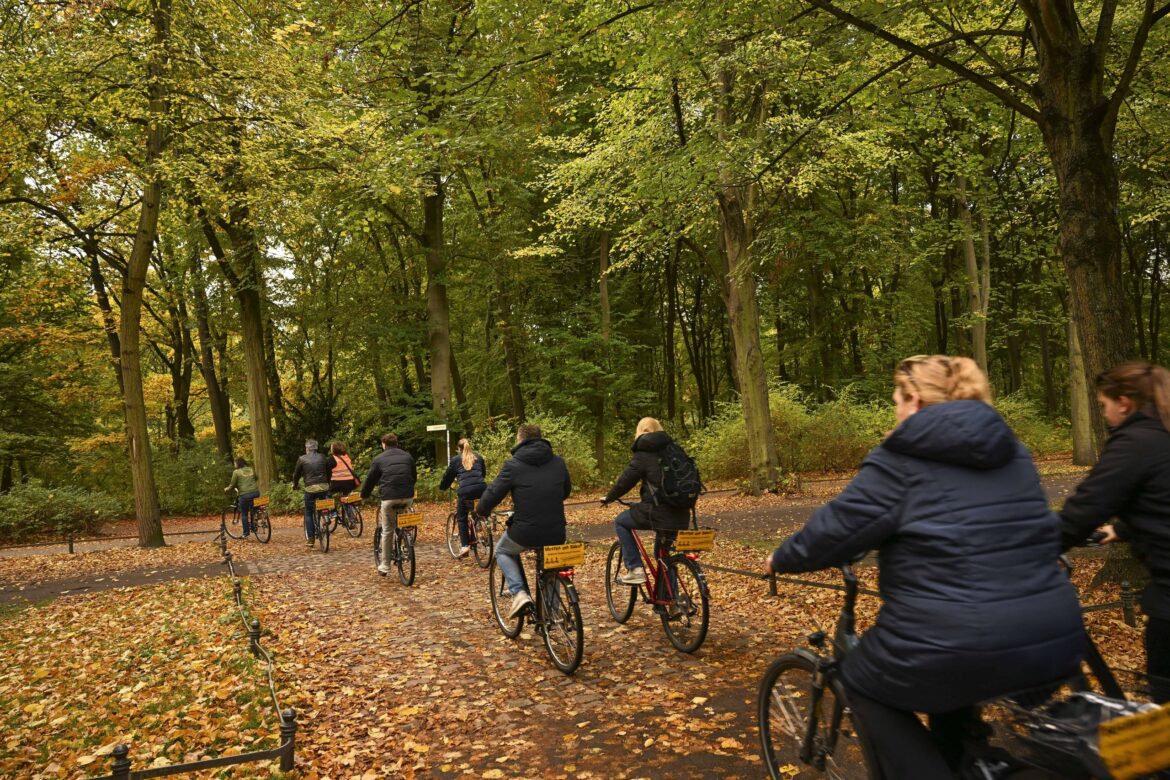Despite the sceptics, our climate is continuing to change. This year, we quietly reached our first climate tipping point, as warm water coral reefs passed into long term decline. Unless global heating is reduced to 1.2C, other tipping points could be fast reached, including the collapse of major ocean currents and the loss of ice sheets.
Climate change isn’t just affecting our natural world, it’s impacting our mental health, too. Levels of climate anxiety among 16-25 year olds is prevalent – and growing, with over 50% of young people from ten different countries “extremely worried” about climate change. 45% said these feelings “negatively affected their daily life and functioning.” Climate change is impacting our mental and physical health, our natural environment and the trails we love to ride.
But what is cycling’s role in the climate crisis? Shift Cycling Culture, a Netherlands-based not-for-profit “movement”, released a report last month outlining the industry’s commitment to sustainability.
“Both sides, however, are aligned on the way forward,” the report reads. And that path may be more straightforward than you might expect.
“It’s not about reinventing the wheel,” Santra Brandt, Shift Cycling Culture’s executive director told Cycling Weekly, “There are actually so many existing concepts that we can build on, like circularity, like taking responsibility for the end of life of the product, then feeding this back into the design and development process.”
“I believe one of the biggest opportunities there are for the next few years is to look into material choices. The industry is basically built on materials that are produced in very energy intensive manufacturing processes. If you think about materials like aluminium, steel and carbon, some of these materials are difficult to repair, or can’t be recycled. That’s also true for our gear that we wear. And, due to the lack of industry wide standardisation and compatibility, bikes and components are made to become redundant far too fast.”
Replacing the materials core to the production process has been proven possible by Trek. Since October of this year, Trek has introduced a low-emission aluminium sourcing policy that features materials produced via renewable electricity. They set themselves the task of staying within 11kg CO₂e per kilo of aluminium, and most of the company’s sources now comfortably fall below that benchmark. They are now beginning to investigate how to roll out low-emission sourcing across all their components, not just the frame.
“It’s all about collaboration as well,” Brandt continued. “It’s about helping your suppliers to transition to renewable energy, because we do have these really energy intensive production processes. Luckily, we do see a growing appetite for collaboration – between competitors, but also with business partners along the whole value chain, so from suppliers to retailers, to consumers.”
“One of our favourite questions in the report is: ‘if you could suggest one sustainability change for the cycling industry, what would it be?’”
“Create more durable products,” one cyclist answered, “Let’s stop glorifying the thinnest and lightest, and start championing the longevity of a product.” Another would like to see sustainability policies enforced at the top of professional sport, “and for professional athletes to step up, take responsibility and use their platforms. ”
This is a topic Brandt and I turn to. “Cyclists also acknowledge that our sport needs a cultural shift,” she tells me, referencing an article written by Isabella Bertold. In it, the rider explains the shift needed from ‘new bike day’ culture to one that privileges the longevity of a bike, of the craftsmanship that a sturdy, speedy, trustworthy bike requires.
“The numbers tell a story the cycling media rarely covers,” Bertold writes. “A WorldTour team can burn through more than 200 wheels in a season, often swapping out perfectly good ones for marginal gains. Even before it touches the road, a single carbon bike carries a footprint of around 100kg of CO₂e. Multiply that by thousands of frames, and the impact is impossible to ignore.”
We turn back to Brandt’s key takeaways from the report, as she looks ahead to Shift Cycling Culture’s mini-COP 30 industry meet-up on 2 December.
“Companies have to take more responsibility for the products they make,” she finishes, “not just because of the climate crisis, but because of the impact they have on the places that often build the very foundation of the sport.”
